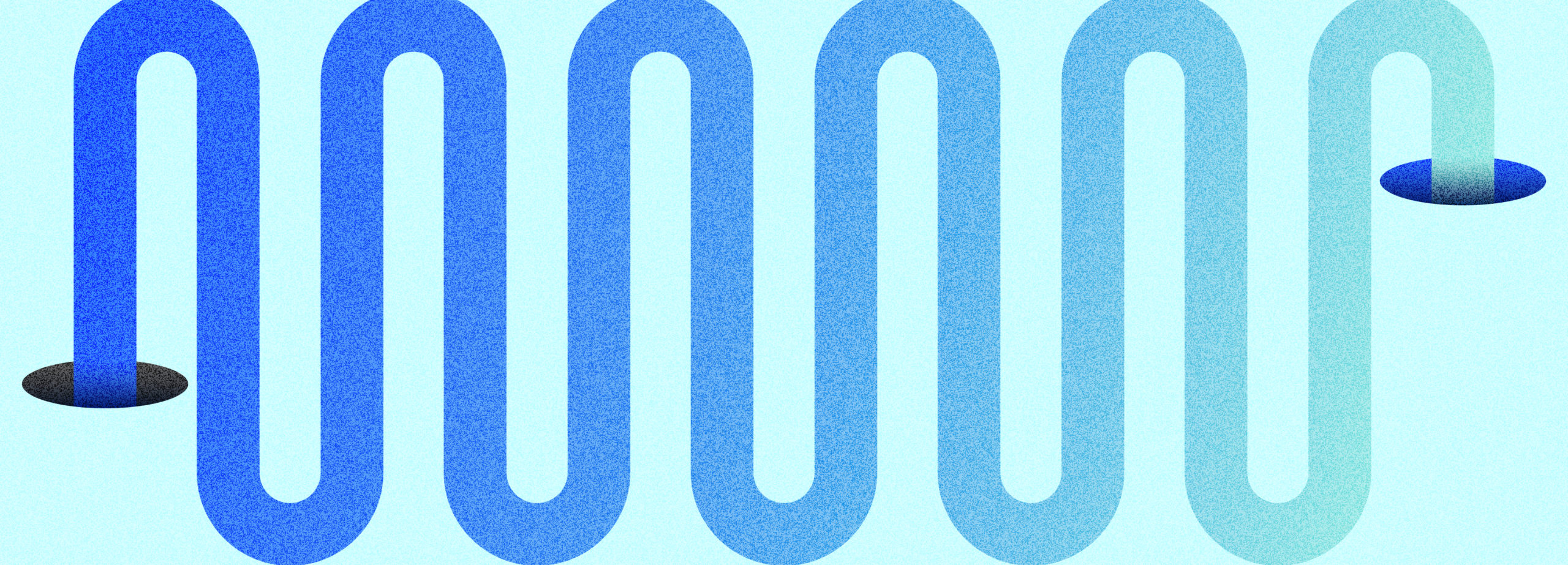
How Product Teams Can Best Support Engineers
Josh Hurst is a software architect at Trava, an Indianapolis company that seeks to protect small and midsize businesses from cyber threats. We’re publishing his thoughts to explore the connection between product teams and engineers so these groups can learn how to foster stronger relationships.
Modern software products are complex systems that are made to look easy to use. And with the advent of no-code and other SaaS tools, it’s easier than ever to develop a new product.
However, software products are often built by teams with competing interests. As a product designer or design leader, you’ll unlock deeper product success by partnering with engineering—and sooner rather than later. Here’s how.
Mindset of Experimentation
Many engineers focus exclusively on the problem they’re solving but lose sight of their product’s focus: delighting customers. One of your objectives as a design-focused teammate should be to create a team-wide sense of experimentation and curiosity.
Of course, it isn’t possible to listen in to every customer conversation. Instead, try synthesizing what you’re hearing and seeing from users in a weekly summary. If you’re working on a new feature alongside an engineer, try getting “hallway” feedback — an informal usability session — from someone else in the company.
You can also identify other products that have a similar feature. For example, your product’s signup flow may seem intuitive, but how do other products allow their users to sign up? Why did they design that feature in that way? Does engineering have a favorite app that does sign-ups really well? Find examples and dissect those product decisions with the engineers on your team.
Critiques and Ideas
Sometimes the feature-at-hand will only get better through direct and thorough feedback. This is where design critiques come into play.
At Trava, we hold regular design critiques where our product designers lay out a new design they’re working on. We intentionally bring in engineers to critique the concept or design. Sometimes the design is a low-fidelity design where we focus on navigational usability. As features take shape, the fidelity increases and we critique the nuances.
Including engineering in our design critiques has a few benefits:
- It builds a shared ownership of the product user experience
- Designers’ thinking gets challenged and their work improves, even on small teams
- Engineers learn about common UX patterns and shift away from the “tell me what to build” mindset
Sweat the Details
Handoffs stink, plain and simple. Engineers tend to focus more on efficiency versus effectiveness, whereas many product designers are more open to tweaking designs if it delights users. This is where design and engineering can be at odds. A thoughtful designer will become an engineer’s favorite teammate if they pay enough attention to the details.
If you’re responsible for delivering designs to engineers, ask yourself:
- Do the tools or techniques I’m using contribute to any frustrating processes?
- How often do I send a single asset directly to an engineer vs. using existing tools?
- Does engineering have an easily accessible style guide for new features?
- How often do we step back and critique our work processes?
If you’re unsure how well you’re facilitating engineering, ask an engineer that you trust for honest feedback. They may have a perspective that helps streamline your handoffs.
Flywheel of Fun
If you build B2B SaaS products, you’ve almost certainly felt the shift as traditional enterprise applications look and feel more like B2C applications. Products are marketed and sold differently now (hello there, product-led growth!), and the user experience should match.
If you’re working closely with an engineering team, flex your visual design skills. If you’re already doing design critiques, design a few variations and suggest designs that challenge the team’s assumptions.
As new products disrupt incumbent enterprise applications, your clean designs will delight users and be a differentiating factor. We regularly hear, “your product is beautiful,” and it challenges us to keep the bar high. As a designer, if you rarely hear pushback on your designs, you can draw inspiration from B2C products.
Summary
A strong relationship and aligned goals between product design and engineering are critical for modern software products. If you’re able to partner with engineering, you’ll have a choir of keyboard-tapping engineers singing your praises. Be fearless with your work and unlock new levels of success by partnering with engineers.



